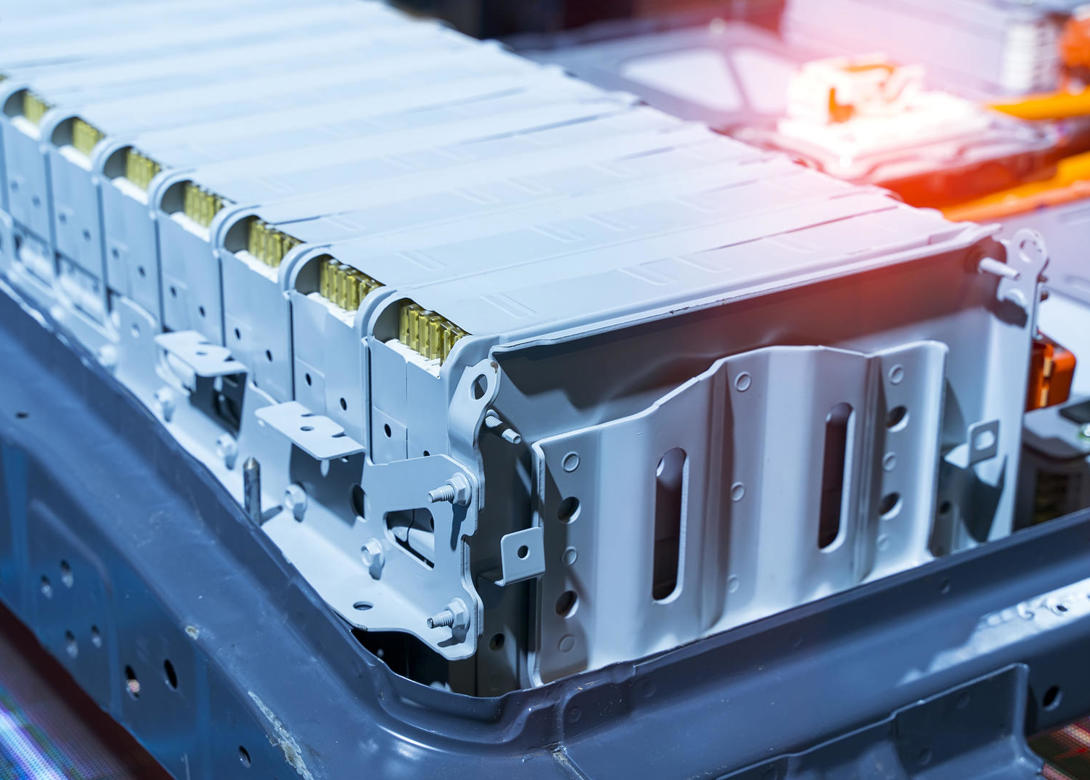
With major car manufacturers announcing a move to fully electric manufacture by 2030, is battery end-of-life management ready to meet demand? Here, Eric Requin, team leader for advanced business development at ARaymond, shares his insights on opportunities and challenges with battery recycling.
Can you give an overview of battery recycling in the EV industry as it stands?
“Whereas car parts recycling is optimised, this is not the case for batteries. Despite media coverage of EV battery recycling, we know that 70% of EV batteries reaching end of life are not properly treated and this is an issue. Recyclers find it difficult to recover recycling costs due to inefficient recycling processes and the high cost of transportation, so scaling recycling capacity to meet EV vehicle demand will be a challenge.
Apart from meeting demand, another urgent issue is to establish a holistic approach to end-of-life management. It’s not just about recycling - it’s also about reconditioning, remanufacturing, repurposing to extend the first life of a battery. To make the industry circular, reducing the cost of preparing battery packs for end of life is key.
There is currently no legislation in place on dismantling a battery back. However automotive regulation imposes that OEMs recycle a minimum of 50% of battery pack materials, much of which is taken up by structural components that are handled by state of the art recycling processes.”
How responsive do you think the market is to more sustainable solutions for EV batteries?
“Some start-ups are building second life business models based on stationary applications for energy storage. Big players such as Renault are already thinking circular and others such as VW are communicating on their recycling capabilities.
Today no recycling process exists that allows a battery pack to be disposed of as a whole. As ARaymond has expertise in assembly solutions, we clearly see an opportunity to support OEMs to build electric battery architecture, with high serviceability, so that their batteries are easier to dismantle and repurpose. For this, we must ensure that the serviceability value does not impact energy density or safety.
The main risk is the speed at which the market is evolving; we don’t know what the next recycling technology will be and if it will remove the need for battery dismantling. Another risk is that the EU Commission is pushing for high content of recycled metals in new batteries. This would raise the profile of recycling rather than other end-of-life applications. Finally, we are also seeing more cell to pack battery architecture that allows for greater energy density, but which takes away the possibility of dismantling.”
How is expertise gained in the sector?
“We are working with various partners that are designing battery packs, managing end of life, and that are engaged in the transition to a circular economy for EV manufacture. We understand that we need to work with our peers to learn and to see how we can all leverage each other’s expertise.
In addition to the discussions with key recycling actors and OEMs on how we can leverage each other’s expertise to move towards a circular economy, we also aim to bring value to battery pack architecture that enables easy and efficient end-of-life management.”

Having spent a decade in the fastener industry experiencing every facet – from steel mills, fastener manufacturers, wholesalers, distributors, as well as machinery builders and plating + coating companies, Claire has developed an in-depth knowledge of all things fasteners.
Alongside visiting numerous companies, exhibitions and conferences around the world, Claire has also interviewed high profile figures – focusing on key topics impacting the sector and making sure readers stay up to date with the latest developments within the industry.
Don't have an account? Sign Up
Signing up to FastFixTechnology.com enables you to manage your account details.